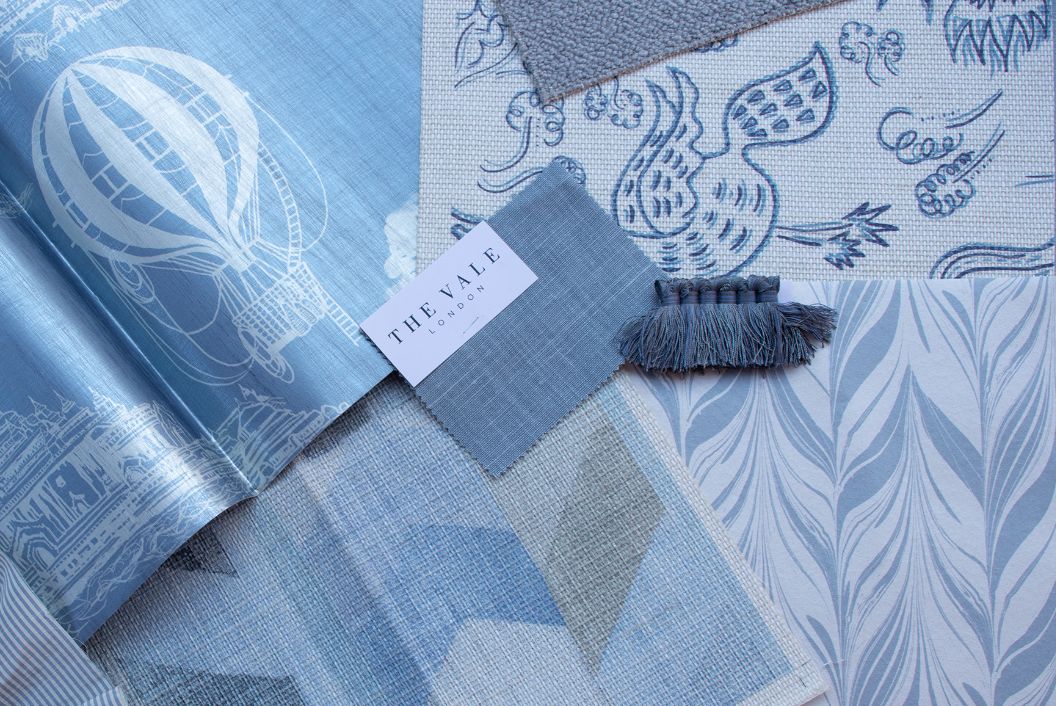
The term “fast interior design” has become more and more prominent in industry conversations surrounding sustainability and environmental consciousness. It’s a black mark label that refers to cheaply produced and priced home goods that copy the latest high-end styles and get pumped quickly through stores in order to maximise on trends. Banking on the fact that consumers love a well-disguised deal, the big box stores are working a numbers game: They push out thousands of skews yet only 20 percent of the product actually sells. Then they run a closeout and ditch the rest, which means that a whopping 60-80 percent of the merchandise could end up in landfills.
“Rapid overproduction means that sales and profits supersede the carbon footprint these companies are leaving behind,” says Melinda Marquardt, the founder and lead designer at The Vale London. “And sadly, more often than not, it means that profits also supersede human welfare.” Textile dyes, for example, are the world’s second-largest polluter of water, while pesticides, widely used in cotton cultivation, contaminate soil and groundwater, too. “With inadequate environmental safeguards, these chemicals can leak into waterways and pose massive health risks to farmers, workers and their communities – and too many companies are turning a blind eye,” adds Marquardt. “The cheap labour, tax breaks, and lenient laws and regulations are too intoxicating to big companies, so they set up offshore factory labour in countries like Argentina, Bangladesh, Brazil, China, India, Indonesia and the Philippines. From abusing child labour to contaminating vital resources, the societal impact is devastating.”
The Vale, however, never cuts corners. Almost 100 percent of the company’s textile and wallpaper inventory has turnover. Via targeted advertising and calculated runs, Marquardt goes out of her way to ensure that every single piece has a sale or repurpose. “First and foremost, I design a very curated collection and keep the skews to a minimum. I consistently create very precise collections with designs that will last a lifetime,” says Marquardt. “Each and every one of our products is timeless and very usable, and I don’t discontinue fabrics unless an issue arises with the manufacturer. If I do have to discontinue an item, I will wait until the product is sold out – and if there’s anything left, I will use the materials for fusion pieces or photoshoots to make sure that nothing is wasted.”
 Ninety percent of The Vale’s manufactures are in the European Union, ensuring that all of the brand’s tradespeople are in compliance with the laws for labour and environmental impact.
Ninety percent of The Vale’s manufactures are in the European Union, ensuring that all of the brand’s tradespeople are in compliance with the laws for labour and environmental impact.
According to Marquardt, her second line of defence against negative impact is the European Union (EU). “The EU has strict regulations in place for manufacturers that guide the selection of my mills, making sure that the tradespeople we work with are in compliance with the laws for labour and environmental impact.” That said, Marquardt understands that on a microlevel, there’s always room to be better. “In the beginning, I didn’t realise that a lot of the printing mills under EU regulation source from Asia. Looking at where our ground cloths are being woven is something we are now paying close attention to.”
A devotion to eco-friendly, organic materials is top-of-mind for Marquardt, too – and for good reason. The production of making plastic fibres into textiles is an energy-intensive process that requires large amounts of petroleum and releases volatile particulate matter and acids like hydrogen chloride. Additionally, cotton, a fibre that is frequently used for fast interior design products, is not environmentally friendly to manufacture because the pesticides deemed necessary for the growth of cotton present health risks to farmers. More sustainable fabrics that can be used include wild silk, organic cotton, linen, hemp and lyocell. “At The Vale, 95 percent of the content for all of my fabrics is linen or a linen-blend. We have some cottons but we ensure that all are organic,” says Marquardt. “We also ensure that the mills we work with dispose of their dyes in an environmentally responsible way so that they are not being introduced to waterways. This includes waste water after on-site treatments, waste solvents, inks and cleaning materials. It’s also important to check that non-toxic polymers and pigments are being used to create our colourways.”
As for her wallpapers, Marquardt leans into all-natural fibres here, too, primarily grass cloth and jute, both of which are renewable resources from sustainable forests. “We aren’t afraid to ask the questions in order to uphold our standards,” says Marquardt. “For our wallpapers, we only work with manufacturers who source their base materials from countries with a forest management system in place that supports sustainable resources without exploitation. And there are very few instances in which we use manmade materials – less than two percent to be exact. In some cases, acrylic for the backing is unavoidable when you are looking at durability. But for the most part, our durability is in the weave and the strength of the natural fibres.”
 Almost 100 percent of The Vale’s textile and wallpaper inventory has turnover, and rarely are past collections discontinued. Shown here: The World’s End collection from 2021
Almost 100 percent of The Vale’s textile and wallpaper inventory has turnover, and rarely are past collections discontinued. Shown here: The World’s End collection from 2021
Marquardt’s transparency has to be commended. “Any company creating a product is going to have some sort of footprint. The goal is to minimise as much as possible at every step, from production to warehousing and shipping,” adds Marquardt. “At The Vale, we look at every material, every textile, in terms of the big picture – the lifespan of each product. We pride ourselves on timeless design that transcends trends and material selection that will endure. Because the quality of the product is extraordinarily high and the designs are timeless, there is little turnover of goods in the home. Our market is luxury homeowners who are purchasing for a lifetime.”

